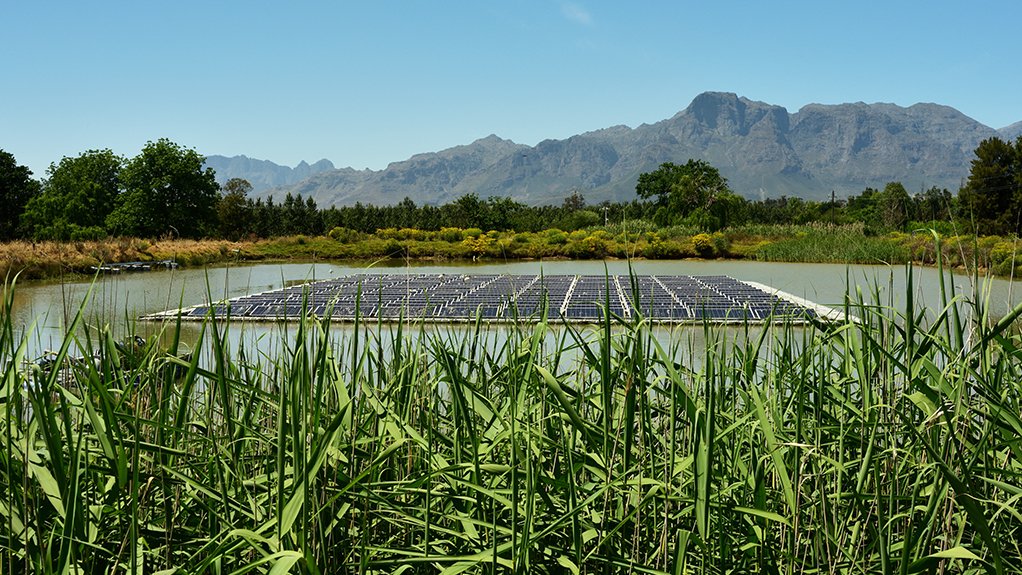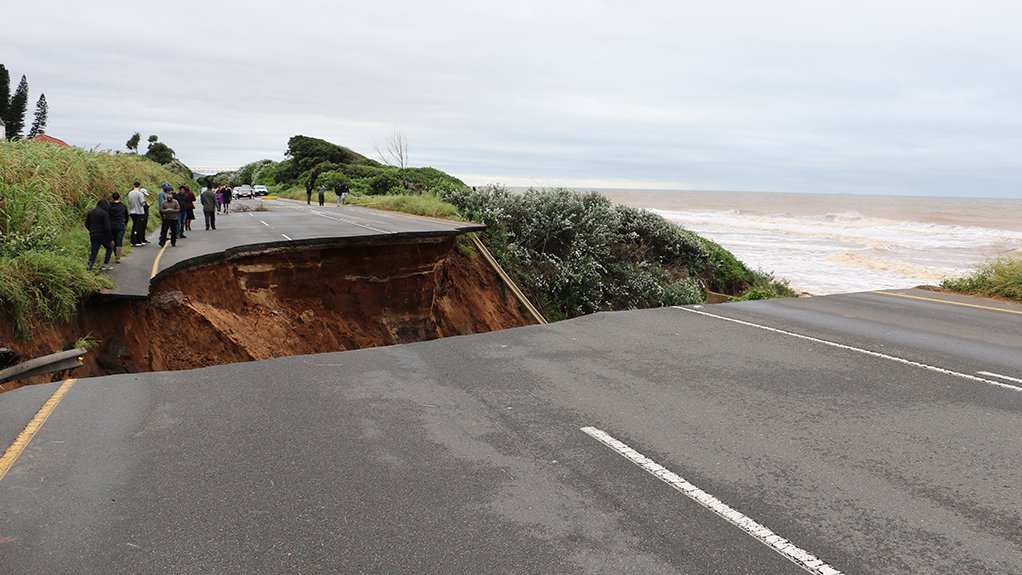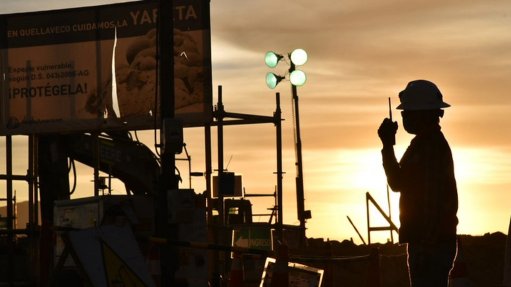Millions injected into water tech over past 7 years



DRIVING DEVELOPMENT Floating solar is one of two breakthrough technologies supported by the Water Technologies Demonstration Programme, the technology arm of the National Water Research, Development and Innovation Roadmap
RAVAGING RAINS The National Water Research, Development and Innovation Roadmap intends to create an ecosystem for the water sector that will allow for rapid deployment and rapid response to events, such as the flooding in KwaZulu-Natal
The Water Technologies Demonstration Programme (Wader) has invested about R43.5-million in 46 projects from 2015 to 2022 as the technology arm of the National Water Research, Development and Innovation Roadmap.
The Department of Science and Innovation (DSI) has been the primary funder of the programme and has invested close to R39-million, says Water Research Commission (WRC) Wader manager Dr Manjusha Sunil.
Additional funding has been secured from the South African Local Government Association, water utilities Joburg Water and Amatola Water, and the United Nations Development Programme, which has contributed about R3.5-million.
Speaking at the Water Institute of Southern Africa’s (Wisa’s) biennial conference last month, Sunil said Wader started with two technologies and had grown to support nine universities and 37 small, medium-sized and microenterprises in their development of innovations that cover sanitation, rainwater harvesting, smart apps, alternative water sources, water-loss reduction and water quality.
“Wader was launched eight years ago as a partnership between the WRC and the DSI, following extensive consultation with the water sector that identified the need for an innovation intermediary to assist in fast-tracking technologies to market and, thereby, shortening the innovation value chain.”
The roadmap considers how to deploy these technologies for which there are three key performance indicators – breakthrough products (novel technologies) to market, technology packages (demonstration models that have been successful) and prototypes.
“We have worked very well with key water boards and municipalities in the country to support the testing of these technologies. Partner engagement and robust testing are critical to move solutions closer to market. We have also developed a network of 34 test sites where we can pilot solutions,” explained Sunil.
Two breakthrough technologies supported by Wader involve a floating solar project and a sand water extraction project.
The floating solar project involves the installation of photovoltaic panels on large bodies of water, such as dams or at wastewater treatment works (WWTW), and results in water savings through reduced evaporation, in addition to renewable-energy generation.
The results of this pilot –conducted at the City of Cape Town’s (CoCT’s) Kraaifontein WWTW – looked promising, said Sunil, noting that the project had been ongoing for some time, “but we are monitoring it and should have more robust data with time”.
The project forms part of the CoCT’s target to procure 300 MW from renewable-energy sources by 2030. If implemented more widely, the technology could make the city more energy efficient while creating multifunctional infrastructure and contributing towards its Green Drop rating.
The sand water extraction project was piloted in partnership with Amatola Water, in the Eastern Cape, and involves extracting water from river sands and sand aquifers and can extract water from a depth of 4 m.
“It is a good solution to enhance water supply to communities, as well as in situations where there is limited water supply. Through this technology, we were able to supply about 900 kℓ/d of raw water to the Amatola Albany Coast reverse osmosis plant,” stated Sunil.
The system was handed over to Amatola in April once the effectiveness of the technology was demonstrated and verified. The technology has been taken up by Amatola and Lepelle Water to enhance water supply.
Wader has also trained 30 engineers from 14 municipalities across the country through its Young Engineers Changemakers Programme, which was launched in 2019 to support capacity building.
The one-year training programme enables these engineers to participate in the testing of innovative solutions, as well as enhance their knowledge and skills to the benefit of their municipalities, driving forward municipalities of the future.
“We are undertaking an implementation evaluation of the roadmap and Wader platform, and are in the final stages of our supply chain process. This is a mid-term review of the implementation of the roadmap and Wader, and to determine [the DSI’s] continued role in the water sector,” said DSI environmental services and technologies director Dr Henry Roman ahead of Sunil’s presentation.
The roadmap was commissioned by the DSI, which partnered with the WRC and the Department of Water and Sanitation in 2015, to put in place a plan to coordinate research development and innovation initiatives across South Africa.
“Research outputs need to be translated into innovation,” stressed Roman.
He emphasised the urgency expressed by Water and Sanitation Minister Senzo Mchunu during the Wisa 2022 plenary session for impact regarding not only projects but also research and development that informed implementation.
“We are creating an ecosystem for the water sector that will allow for rapid deployment and rapid response to events, such as the flooding in KwaZulu-Natal,” advanced Roman.
Comments
Press Office
Announcements
What's On
Subscribe to improve your user experience...
Option 1 (equivalent of R125 a month):
Receive a weekly copy of Creamer Media's Engineering News & Mining Weekly magazine
(print copy for those in South Africa and e-magazine for those outside of South Africa)
Receive daily email newsletters
Access to full search results
Access archive of magazine back copies
Access to Projects in Progress
Access to ONE Research Report of your choice in PDF format
Option 2 (equivalent of R375 a month):
All benefits from Option 1
PLUS
Access to Creamer Media's Research Channel Africa for ALL Research Reports, in PDF format, on various industrial and mining sectors
including Electricity; Water; Energy Transition; Hydrogen; Roads, Rail and Ports; Coal; Gold; Platinum; Battery Metals; etc.
Already a subscriber?
Forgotten your password?
Receive weekly copy of Creamer Media's Engineering News & Mining Weekly magazine (print copy for those in South Africa and e-magazine for those outside of South Africa)
➕
Recieve daily email newsletters
➕
Access to full search results
➕
Access archive of magazine back copies
➕
Access to Projects in Progress
➕
Access to ONE Research Report of your choice in PDF format
RESEARCH CHANNEL AFRICA
R4500 (equivalent of R375 a month)
SUBSCRIBEAll benefits from Option 1
➕
Access to Creamer Media's Research Channel Africa for ALL Research Reports on various industrial and mining sectors, in PDF format, including on:
Electricity
➕
Water
➕
Energy Transition
➕
Hydrogen
➕
Roads, Rail and Ports
➕
Coal
➕
Gold
➕
Platinum
➕
Battery Metals
➕
etc.
Receive all benefits from Option 1 or Option 2 delivered to numerous people at your company
➕
Multiple User names and Passwords for simultaneous log-ins
➕
Intranet integration access to all in your organisation




















